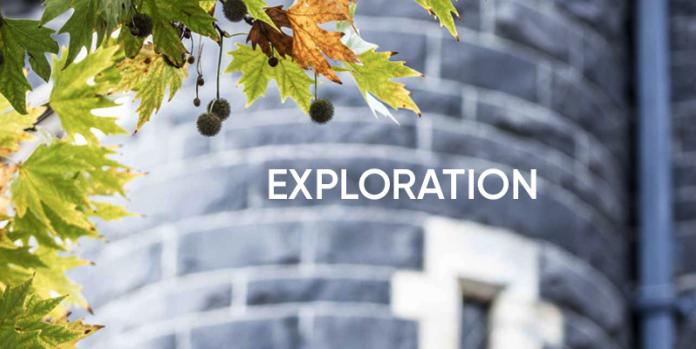Building memory is key to learning, and there are techniques to improve the process explains Andrew Baylis, Director of Learning & Research
All learning happens inside our heads and requires us to build memory. The brain uses around 20% of the body’s food and oxygen because the processes of thinking, deciding, remembering and learning require significant structural rearrangements.
We are being bombarded with stimuli all the time and one of the first functions of our consciousness is filtering the mass of information. When we ask someone to “concentrate” or “pay attention” we are actually asking them to raise their filters higher and ignore the other stimuli. Filtering takes energy and so, when we are tired, we find that concentrating is harder as our filters start to drop and let in the distractions.
Once a sensation or piece of information is received by the brain, the process of memory formation commences. Initially, the information is stored in working memory which is a temporary buffer in which we put things that may be useful. If the information has no further use, the brain discards it quite quickly along with all the other sensations we receive without really being consciously aware of them.
Should the information have some importance to our current situation, the brain starts to create a memory trace. This is a change in the structure of the brain with some initial shifts in the balance of neurochemicals and possibly the formation, strengthening or weakening of loose connections between brain cells. The brain finds it easier to change existing connections than it does with totally new knowledge where it must form connections from scratch. Learning is easier if we have some prior knowledge upon which to build.
Long term memory requires permanent physical and chemical changes to the nerve cells. Typically, a memory trace has many brain cells contributing information – there may be information about sight, shape, sound, texture all combining to strengthen a memory. Such neural networks seem to be the foundation of memory and spread across most of the structure of the brain.
Some techniques that seem to help improve memory building:
Sleep and rest
Current research suggests that sleep and rest are times the brain uses to reorganise memory traces, looking for links with other ideas (so strengthening them) or removing those that have not proven useful. This pruning of memory helps streamline our response to local requirements and gives us the capacity to build further memories the next day.
Three-touch process
The brain will only invest the energy needed to create a memory trace if it feels the information is needed. We can encourage this by interacting with the content a number of times within a fairly short time span.
- First touch: we reconnect with the idea within 24 hrs of first seeing it (i.e. after one sleep / rest cycle)
- Second touch: we meet it again within a few days and use it to do something (give it meaning and purpose)
- Third touch: we meet it again within a fortnight to make links with other ideas
Emotional context
Strong emotions can often cause vivid memories to form. This can be less useful in learning school subjects as intense fear or ecstasy are not usual in most classrooms!
Removal of distraction
It takes energy to maintain our filters. When the filter drops, we are then prone to distraction from other stimuli. If we can work in an environment with limited outside distraction, our filters have less work to do and we will be able to concentrate on the task for longer.
Multimodal stimuli
It seems that the strongest memory traces link together brain cells from many parts of the brain. If we can use multiple senses when receiving information, more cells are stimulated, and so stronger links tend to form. Thus, reading does not work as well as reading aloud. Reading and writing work even better and teaching seems to form some of the strongest memories as so many senses and decisions are being made in the act of instruction.
Building memory is a complex task for the brain and it is fortunate that we seem hard-wired to learn. Forgetting and linking a range of sensations together are all part of the process and we can both help and hinder or formation of memory by the things we eat or drink, our sleep habits and how often we make use of our memories.
Andrew Baylis Director of Learning & Research
Related topics
